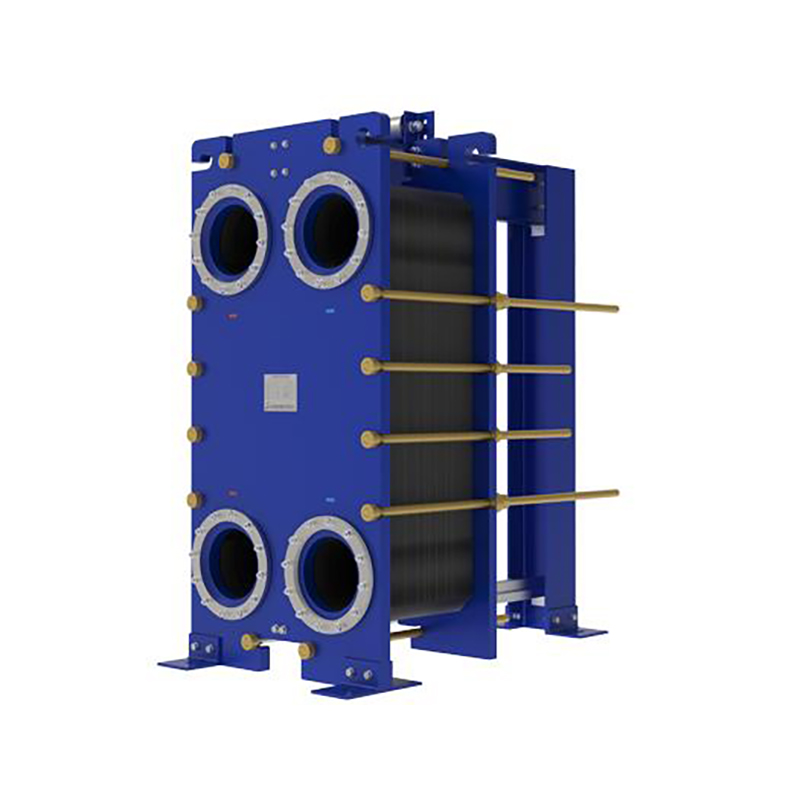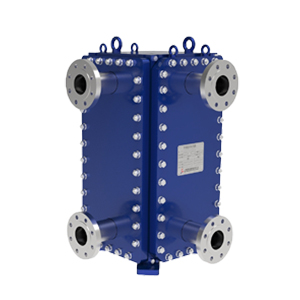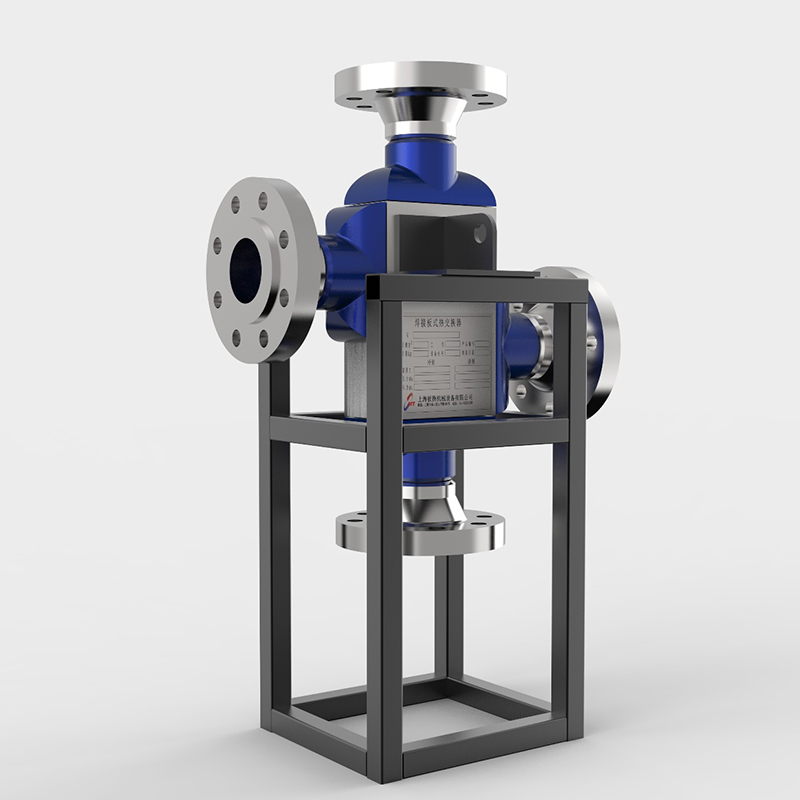5 key roles of plate heat exchanger gaskets.
Plate heat exchanger gaskets perform 5 key roles: ...
More
A geothermal pond loop heat exchanger is a highly efficient, eco-friendly system designed to harness the stable thermal energy stored in ponds or other water bodies to provide heating and cooling for residential, commercial, or industrial buildings. Unlike traditional geothermal systems that rely on underground vertical or horizontal loops, this innovative technology utilizes a submerged loop of high-density polyethylene (HDPE) piping placed at the bottom of a pond or lake. The system leverages the consistent temperature of water, which remains relatively stable year-round, to transfer heat to or from a building via a heat pump. This method is particularly advantageous in areas with access to a suitable water source, as it reduces installation costs and environmental impact compared to conventional ground-source systems.
The geothermal pond loop heat exchanger is gaining popularity due to its cost-effectiveness, minimal land disturbance, and high energy efficiency. According to industry data, these systems can achieve coefficients of performance (COP) ranging from 3.5 to 5.0, meaning they deliver 3.5 to 5 times more energy than they consume. Additionally, they are compatible with various heat pump configurations, including water-to-air and water-to-water systems, making them versatile for different applications. The Environmental Protection Agency (EPA) recognizes geothermal systems as one of the most energy-efficient and environmentally clean heating and cooling technologies available today.
A geothermal pond loop heat exchanger operates by circulating a heat transfer fluid, typically a water-antifreeze mixture, through a closed-loop piping system submerged in a pond or lake. The fluid absorbs or releases heat from the surrounding water, depending on whether the system is in heating or cooling mode. In winter, the fluid extracts heat from the relatively warmer pond water and carries it to the heat pump, where it is concentrated and distributed throughout the building. Conversely, in summer, the process reverses, with excess heat from the building being transferred back into the cooler pond water.
The efficiency of this system relies on the thermal mass and stability of the water body. Studies show that even in colder climates, pond water temperatures at depths of 8-10 feet remain between 40-50°F (4-10°C) year-round, providing a reliable heat source or sink. The heat pump’s compressor and refrigerant cycle then amplify this energy to achieve the desired indoor temperature. According to the U.S. Department of Energy, geothermal heat pumps can reduce energy consumption by up to 50% compared to conventional HVAC systems, with lower maintenance costs and a lifespan exceeding 20 years. Proper sizing, loop design, and professional installation are critical to maximizing performance and ensuring long-term reliability.
Select the most popular foreign trade service products to meet your diverse needs
Learn more about the dynamics and professional knowledge of the foreign trade industry

Plate heat exchanger gaskets perform 5 key roles: ...
More
A gasket in heat exchanger seals surfaces, blocks ...
MoreAPI 662 defines standards for plate heat exchanger...
More
Ignoring a fouled heat exchanger causes high energ...
More
Plate heat exchanger solutions boost efficiency, r...
More
A heat exchanger's main parts include the heat tra...
MoreSelect the most popular foreign trade service products to meet your diverse needs
Explore more content related to foreign trade services

User Comments
Service Experience Sharing from Real Customers
John Smith
HVAC EngineerThe geothermal pond loop heat exchanger is incredibly efficient and has significantly reduced our energy costs. Highly recommend!
Emily Johnson
Environmental ConsultantThis product is a game-changer for sustainable heating solutions. Easy to install and maintain, with excellent performance.
Michael Brown
Facility ManagerOur facility's heating system has never been more reliable since we installed the geothermal pond loop heat exchanger. Outstanding product!
Sarah Davis
Mechanical EngineerThe geothermal pond loop heat exchanger delivers consistent performance and is a great investment for long-term energy savings.